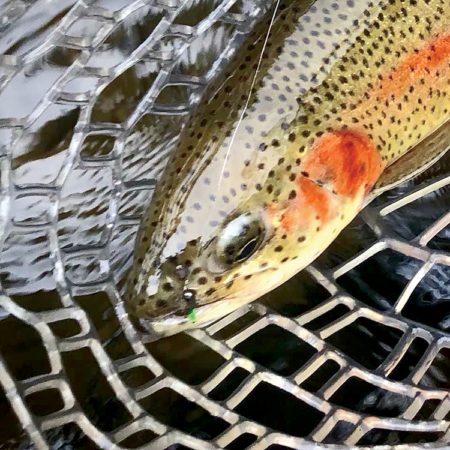Thankfully, school has started. Jensen and Teach are off and running.
We enjoyed another fantastic summer. It was capped off with another splendid Little League World Series. A walk-off bunt? You must be kidding. Our addition is mostly finished. But I still have a major punch list. I pulled the trigger on some new knee pads. Give me a call if you need some help with your LVT flooring. Work continues to keep me super busy. It is a beautiful problem to have if you’re the boss. But not if you are a minion. I am looking forward to seeing my friends on the gridiron.
We are still experiencing some setbacks from Tropical Storm Debbie. A columnist wrote a few weeks back that highlighted our beautiful community. Bravo to all of our volunteer fire folks. Kudos to Camp Susque. Yes, many have rallied. But Trout Run and many others still need our help. It is a mess. There will be a long road to recovery.
Lycoming Creek was slightly impacted. Debris is everywhere. The water levels are somewhat back to normal. I had a chance to sneak up for a few casts on my favorite stretches. You can still see the many relics. Washed up trees. Random stuff hanging. Brown grasses. Mud. I felt absolutely terrible.
September is one of my favorite months to fish in North Central Pennsylvania. During the summer, I target Smallmouth. But now the temperatures are dropping at night, and I will switch back to Browns and Rainbows. I didn’t know what to expect that afternoon, and I had zero expectations. I only wanted to get away from painting white trim and cutting my fingers. Long story. This stretch of water is always loaded. But where do the fish go during a flood? Many folks have different opinions.
There was some bug activity. Blue Wings were still hatching, but it was nothing like the spring. I hate to resort to the dark side. I prefer to fish dries, but if I was going to have any luck- I had to go subsurface. Remember folks. I am still a novice when it comes to nymphs. They are these tiny aquatic critters that are in their underwater stage. It is said that 90% of a trout’s diet consists of these little bugs. Nymphing is extremely effective on a year-round basis. Despite their small size, trout focus on these insects because of their abundance. But again. It is not my thing.
Forget tightlining. That is for the advanced. My basic setup consists of a 9-foot leader and another 12 inches of tippet. At the very end, I tie my nymph. I have 400 in my box but always go with my fave. The PEEPING CADDIS. Some folks will add other bugs to the bend of the hook, but I normally stick with one. A split shot is added when needed. Usually, a few inches above. I always use a yellow cork indicator. I don’t do well with feel or sound.
The key is to have your nymph bouncing along the bottom. Trout are now more experienced and don’t need to work as hard. The amount of weight will vary. A lot depends on the speed and depth. Always be sure that your presentation moves naturally with the flow of the current. Your nymph should drift. Pay close attention to your elements. The water may change overnight. This technique takes time to master. Learn the difference between brushing the bottom and a strike. A sudden pause or dip means you should set the hook. Again. This is easier said than done. There is no need to pull back like Bill Dance or Jimmy Houston. It only requires a slight tug. Don’t get too excited. Stay patient. It will get better. You can always quit.
I suggest you give nymphing a try. You will be rewarded. Landing a beautiful colored up Rainbow like the one pictured is the ultimate. The leaves will be changing soon. It is a great time of year to do what you love. Stay in school, kids. Cheers.




